#5476
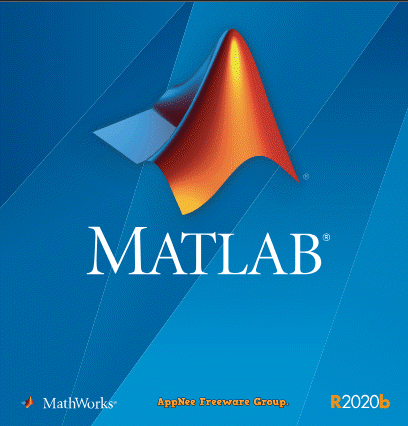
MATLAB (short for Matrix Laboratory), Mathematica and Maple are collectively known as the three major commercial mathematics programs. MATLAB was developed by MathWorks in 1984, its performance in numerical calculation is second to none among all mathematical technology applications. As an advanced technology computing language and interactive environment, it is mainly used for algorithm development, data visualization, data analysis, numerical calculation, etc.
Loading...
Loading...
Loading...
Loading...
Loading...
Loading...
#5472
gEDA is a free, open-source and cross-platform (but mainly designed for Linux) EDA project. It provides a mature electronic design solution, including schematic diagram capture, property management, BOM (Bill of Materials) generation, 20 grid tables, analog and digital simulation, and printed circuit board layout (PCB suite, free software application).
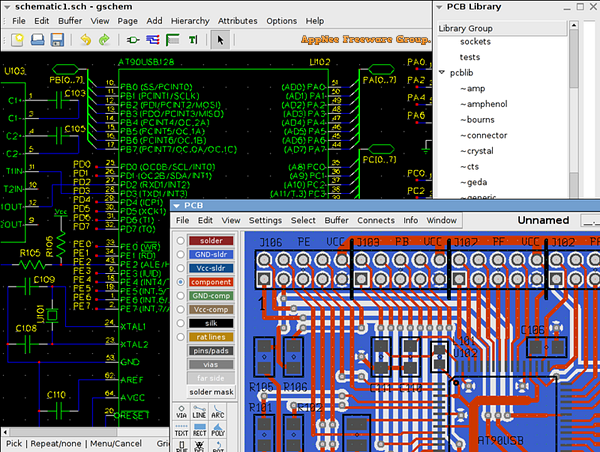
Loading...
Loading...
Loading...
#5467
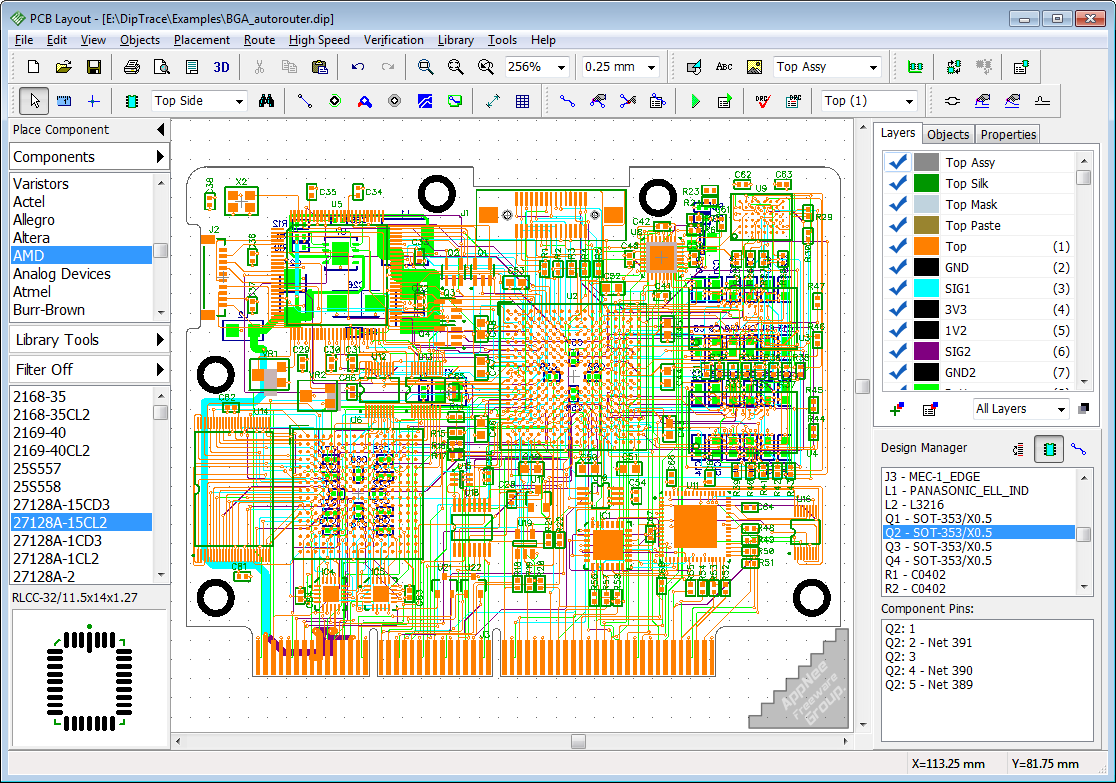
DipTrace is a fully-functional circuit design software. It employs an intuitive user interface, supports multiple languages, is simple and easy to use, and has the shortest learning curve on the market and stable performance; supports layered schematic diagram, high-speed and differential routing, in-depth design planning with real-time DRC check, strong compatibility, etc.; and can exchange all data with EAGLE, Altium Designer, PADS and Cadence (OrCAD).
Loading...
Loading...
Loading...
Loading...
Loading...
Loading...
#5466
Pulsonix is a globally well-known EDA (Electronic Design Automation) software suite for Windows platform, developed by WestDev from United Kingdom in 2001. It focuses on schematic capture and PCB design, is easy to use, and can help electronic engineers improve the electronic design process. In fact, it has become one of the highly integrated electronic circuit design programs that can best adapt to the changing needs in PCB design.

Loading...
Loading...
Loading...
Loading...
Loading...
Loading...
Loading...
#5465
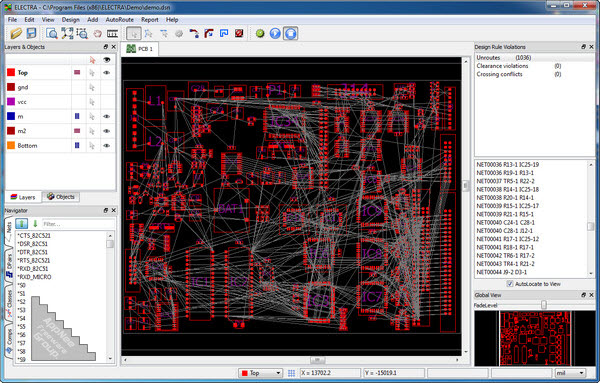
ELECTRA is a new generation of shape-based and automated routing software for PC boards, developed by KONEKT from Belgium. It can provide high completion rates for automated routing on the most densely populated multi-layer PCB designs. Compared with traditional grid-maze autorouters, the shape-based approach makes more efficient use of routing areas, and is better suited to deal with the complex design rules and requirements of high density SMD or through hole boards, thus achieving the highest routing completion rate.
Loading...
Loading...
Loading...
Loading...
Loading...
Loading...
Loading...
#5463
EDA (Electronic Design Automation) technology makes good use of the characteristics of large computer storage and fast operation speed, can carry out simulation evaluation, design inspection, design optimization, data processing, and so on jobs on the design scheme that are difficult to complete manually. It has become the main technical means of integrated circuit, printed circuit board, electronic complete machine system design, and has been widely used.
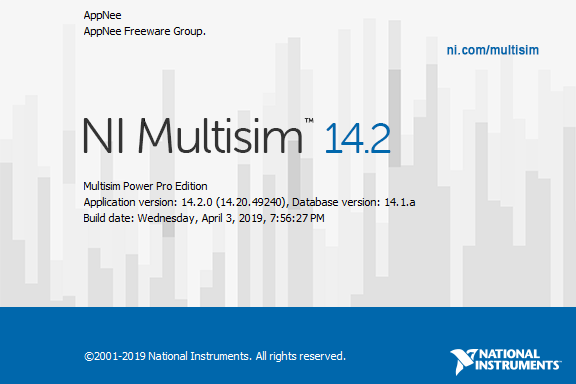
Loading...
Loading...
Loading...
Loading...
Loading...
Loading...
#5462
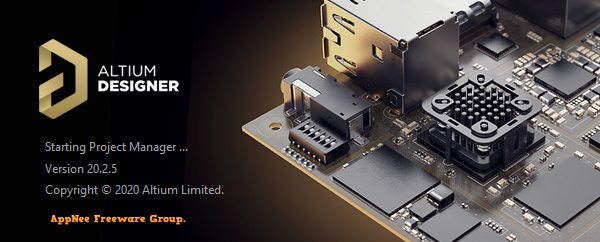
EDA (Electronic Design Automation) refers to delegating various tasks in circuit design to computer to assist in the completion. For example, schematic diagram drawing, printed circuit board file production, implementation of circuit simulation, and so on design works. With the vigorous development of electronic technologies, new components and parts emerge in endlessly, and electronic circuits become more and more complex, the design work of circuits can no longer rely solely on manual work to complete. As a result, computer-aided design for electronic circuits has become an inevitable trend.
Loading...
Loading...
Loading...
Loading...
Loading...
Loading...
#5461
In the process of learning PCB design technology, many people may want to know what EDA design software is the most appropriate one? If it was several years ago, I would not hesitate to recommend Altium Designer to everyone. Because it was very popular, came with all kinds of supporting resources, and if you had any problem, you could always find someone familiar with this tool to ask for help. But today, KiCad has become a better choice.
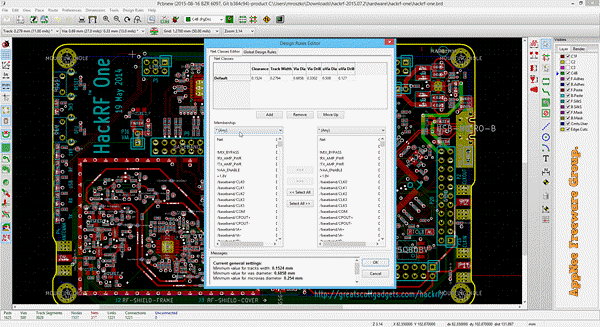
Loading...
Loading...
Loading...
Loading...
#5459
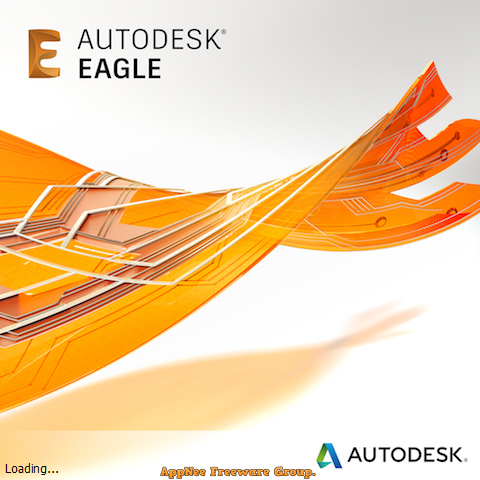
For many electronics students and engineers working on PCB design, CadSoft Computer's EAGLE PCB design software is a very familiar name. EAGLE has become a best-selling product of its kind since the 1990s. Nowadays, more and more PCB designers are turning to use EAGLE for circuit design.
Loading...
Loading...
Loading...
Loading...
Loading...
#5456
iTunes has clearly become an overdeveloped piece of junk software. Because it integrates so many unpractical functions, and the consequences are obvious: has extremely slow startup speed, takes up a lot of hard disk space, and consumes a lot of system resources. If you've fed up with official software like iTunes, too, then try Syncios, a third-party solution that lets you easily manage all kinds of data from a variety of iOS devices on your PC.
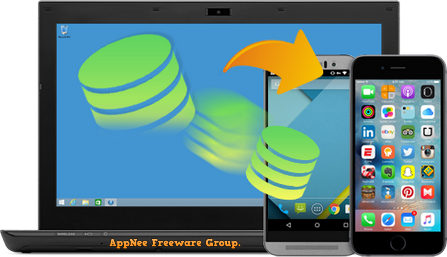
